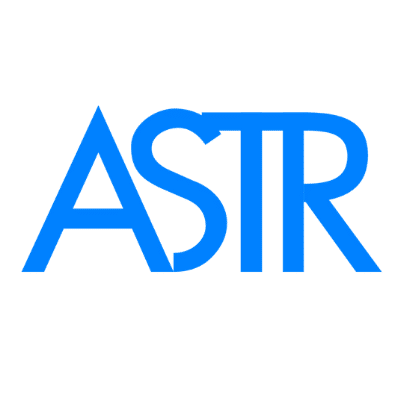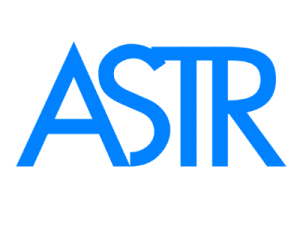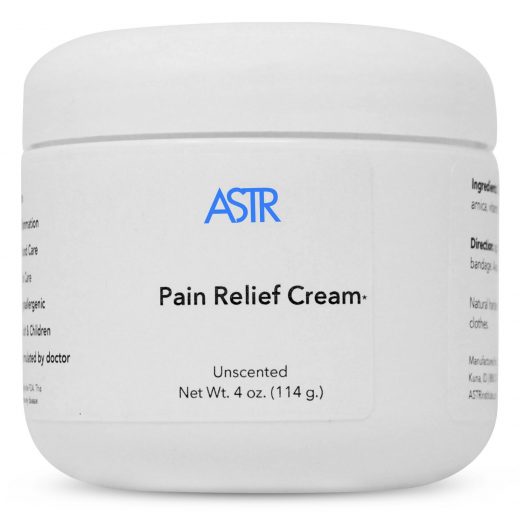Myofascial Pain Syndrome: Symptoms, Causes, Functions, Layers, Healing Cycle & Treatment
Myofascial Pain Syndrome: Symptoms, Causes, Functions, Layers, Healing Cycle & Treatment

什麼是肌筋膜疼痛綜合徵?
肌筋膜疼痛綜合徵是一種慢性疼痛疾病。在這種情況下,對肌肉敏感點(觸發點)的壓力會導致肌肉疼痛,有時還會導致身體看似無關的部位疼痛,這被稱為疼痛。肌筋膜疼痛可以在身體的任何肌肉中發展。最常受影響的肌肉是上背部、肩部和頸部[1].
正常癒合週期
The normal Healing cycle is divided into the following stages that are inflammation, proliferation, and maturation stage.
- The first stage is the inflammation stage which is followed by redness, temperature, swelling, and increased pain. This stage is important as swelling prevents the nearby tissues from being damaged, increased temperature causes the disposal of pathogens and it also alerts the white blood cells to start the healing cycle.
- Then the second stage is the proliferation stage in which the affected area starts the formation of scar tissues, which is important to continue the healing cycle.
- The third and final one is the maturation stage in which the scar tissue is replaced by normal skin cells and the completion of the normal healing cycle occurs [2].
What is Fascia?
Fascia is connective tissue layers that support, wrap and surround all organs, bones, blood vessels, and nerves. Fascia helps in functional movements by reducing friction between the structures. Fascia has nerves that make it as sensitive as skin. It is the very thin layer under the skin that protects and separates the body [3].
Functions of Fascia
Functions of fascia are as follows:
- It separates the muscles from bones and other organs from each other.
- Secondly, it supports the body to be in a certain position and attains the vital organs to be in shape.
- Moreover, it protects the body by resisting mechanical stress internally and externally [3].
Fascia layers
Layers of fascia are as follows:
1. Superficial fascia:
Superficial fascia is the lowermost layer of the skin in nearly all of the regions of the body, that blends with the reticular dermis layer. It consists mainly of loose areolar, and fatty adipose connective tissue and is the layer that primarily determines the shape of a body. It separates the skin from the musculoskeletal system allowing normal sliding and gliding in the muscles [3].
2. Deep fascia:
A deep fascia is a dense connective tissue that is commonly arranged in sheets that form a stocking around the muscles and tendons beneath the superficial fascia. The deep fascia consists of four layers.
- The first one is the aponeurotic fascia that surrounds the group of muscles. It consists of two to three layers of collagen fibers and its function is that it connects the muscles with their movers. An example of this fascia is palm aponeurosis.
- The second one is the epimysium fascia that surrounds the entire muscles. It covers one layer of the muscles.
- The third one is perimysium fascia. It is the bundle of fibers inside the muscles which is surrounded by epimysium fascia.
- The last one is the endomysium fascia layer that surrounds or wraps each fiber [3].
What causes fascia restrictions?
Fascial restrictions can be caused by scar tissue, injuries, repetitive motion, stress, surgery, bad posture, bad body mechanics, trauma, disease, inactivity, and inflammation. These restrictions can change your body alignment, posture, and range of motion [4].
肌筋膜疼痛綜合徵的症狀
The symptoms of fascia restrictions include headache, pain, and pressure throughout the body, decrease flexibility, decreased range of motion, joint pain, joint stiffness, muscle weakness [4].
- 肌肉疼痛
- 肌肉無力
- 減少關節活動範圍
- 關節僵硬
- 痛苦的肌肉結
- 肌肉中繃緊的繩狀帶
- 睡眠障礙
Which patients have fascia restrictions?
Patients having the following disease have fascia restrictions:
- A patient who has tendonitis, which is the inflammation in the tendons, will have fascia restrictions.
- A patient who has shoulder bursitis, which is swelling and redness between the top of the arm bone and the tip of the shoulder, will have fascia restrictions.
- Patients having arthritis, which is the tenderness of joints, will have fascia restrictions.
- The person having shoulder impingement in which the tendons of the rotator’s cuff of the shoulder are pinched will have fascia restrictions.
- Moreover, the person having fibrosis, neck pain and shoulder pain will have fascia restrictions [4].
Current treatments for Myofascial Pain Syndrome
Current treatments for myofascial pain is based on massage therapy. Massage of fascia can be of two types which are described as follows:
Superficial fascia: Superficial fascia is the lowermost layer of the skin in nearly all of the regions of the body that blends with the reticular dermis layer. It consists mainly of loose areolar, and fatty adipose connective tissue and is the layer that primarily determines the shape of a body. It separates the skin from the musculoskeletal system allowing normal sliding and gliding in the muscles [5].
Deep fascia: Deep fascia is a dense connective tissue that is commonly arranged in sheets that form a stocking around the muscles and tendons beneath the current treatment for myofascial pain but it is said that no evidence shows that shows massage therapy is much effective in improving functional status related to neck and shoulders pain. The second one is a self-myofascial release (SMR) but it is said that there is conflicting evidence whether self-myofascial release can improve flexibility long term [5].
What is the solution?
To treat myofascial pain, ASTR 儀器 are properly designed by the therapist to reduce the pain because it was impossible to release and detect it by only by hand [6].
結論
Myofascial pain syndrome is a chronic pain disorder. In this condition, pressure on the sensitive points in your muscles (trigger points) causes pain in the muscles, which is treated by the therapist by using ASTR 儀器. Myofascial pain is a chronic pain disorder. In this condition, pressure on sensitive points in the muscles (trigger points) causes pain in the muscles, which is treated by the therapist by using ASTR instruments.
參考
- Fricton J. 肌筋膜疼痛:管理機制。口腔頜面外科診所。 2016 年 8 月 1 日;28(3):289-311。 https://pubmed.ncbi.nlm.nih.gov/27475508/
- Aredo JV, Heyrana KJ, Karp BI, Shah JP, Stratton P. 將慢性盆腔疼痛和子宮內膜異位症與致敏和肌筋膜疼痛和功能障礙的跡象聯繫起來。生殖醫學研討會 2017 年 1 月(第 35 卷,第 01 期,第 088-097 頁)。蒂姆醫學出版社。 https://pubmed.ncbi.nlm.nih.gov/28049214/
- Capo-Juan MA。頸肌筋膜疼痛綜合徵。物理治療的敘述回顧。 InAnales del sistema sanitario de Navarra 2015 年 1 月 1 日(第 38 卷,第 1 期,第 105-115 頁)。 https://pubmed.ncbi.nlm.nih.gov/25963463/
- Miernik M, Wieckiewicz M, Paradowska A, Wieckiewicz W. 肌筋膜 TMD 疼痛管理中的按摩療法。臨床和實驗醫學進展:官方器官弗羅茨瓦夫醫科大學。 2012 年 9 月 1 日;21(5):681-5。 https://pubmed.ncbi.nlm.nih.gov/23356206/
- Laimi K, Mäkilä A, Bärlund E, Katajapuu N, Oksanen A, Seikkula V, Karppinen J, Saltychev M. 肌筋膜松解治療慢性肌肉骨骼疼痛的有效性:系統評價。臨床康復。 2018 年 4 月;32(4):440-50。 https://pubmed.ncbi.nlm.nih.gov/28956477/
- Giamberardino MA, Affaitati G, Fabrizio A, Costantini R. 肌筋膜疼痛綜合徵及其評估。最佳實踐和研究臨床風濕病學。 2011 年 4 月 1 日;25(2):185-98。 https://pubmed.ncbi.nlm.nih.gov/22094195/
肌筋膜疼痛綜合徵家庭治療

- 快速的結果
- 每天治療大約需要5分鐘
- 易於使用的醫療工具
- 自然的整體方法
- 處理問題的根本原因
- 由患有慢性疼痛的醫生髮明
- 得到超過 45 項研究的支持
ASTR 與眾不同
從各種網站收集的評論




